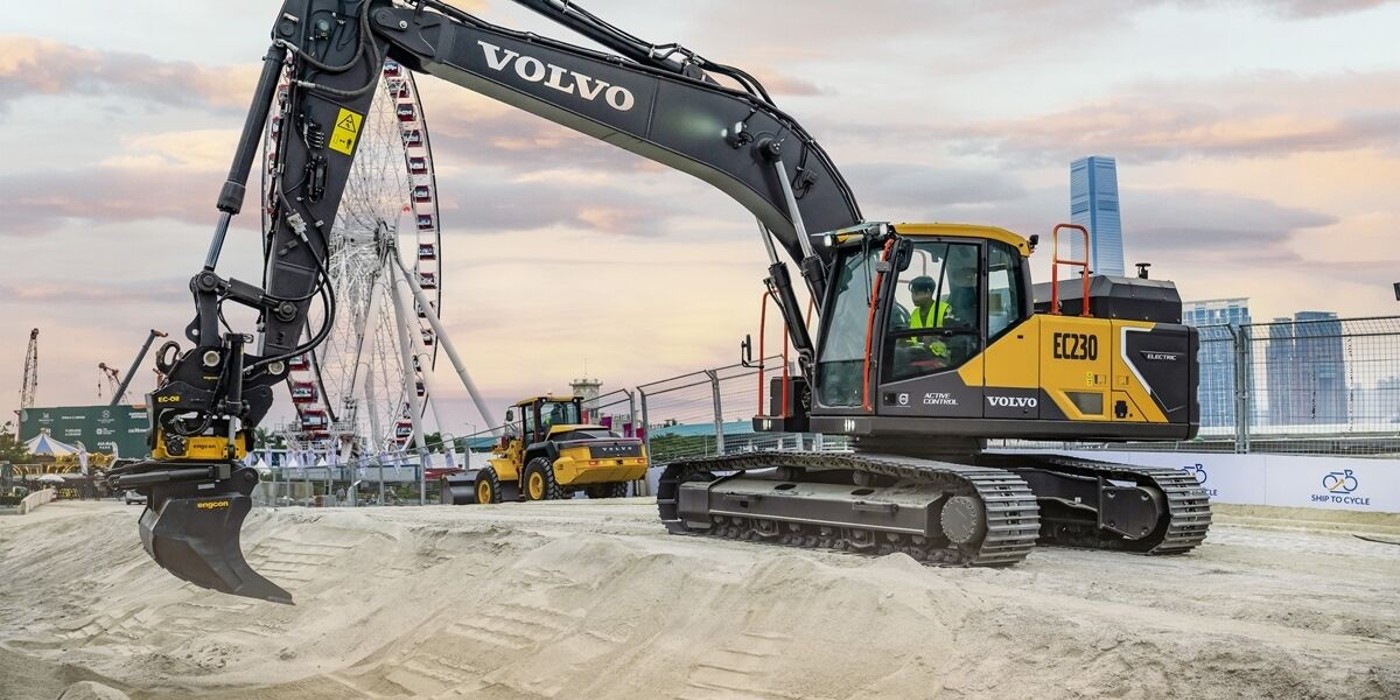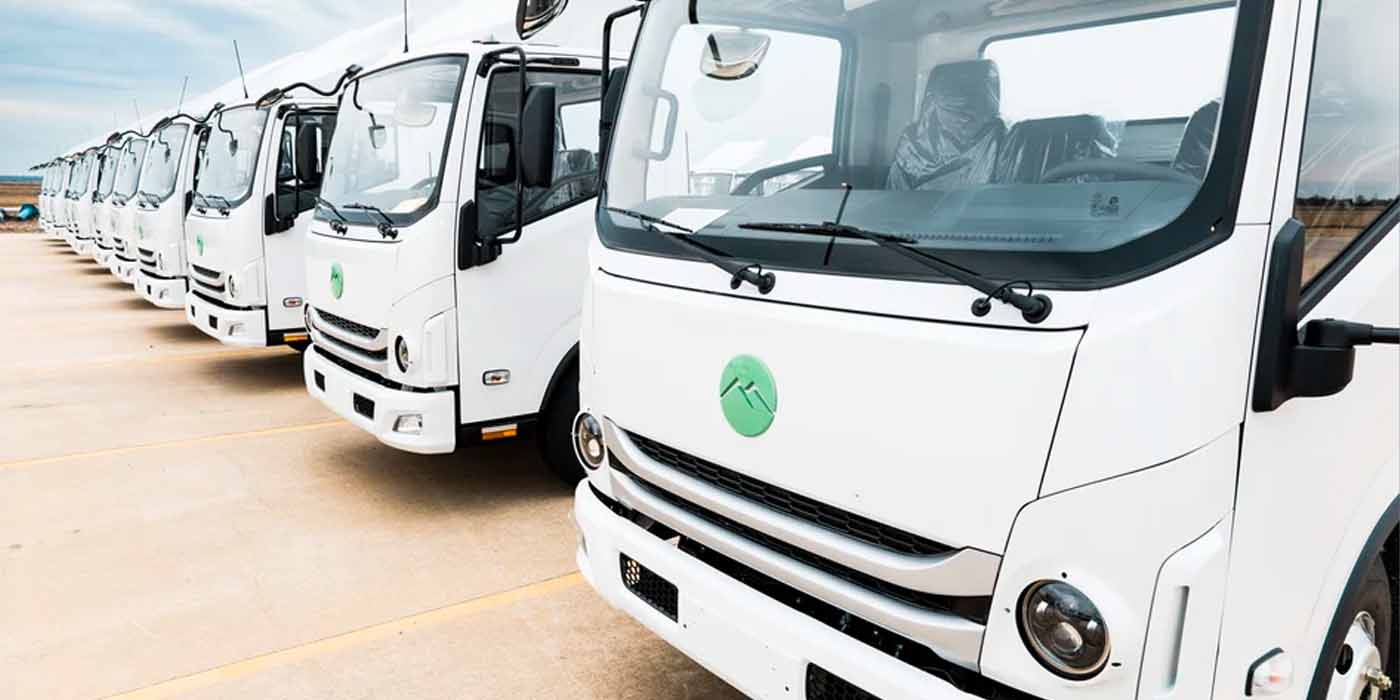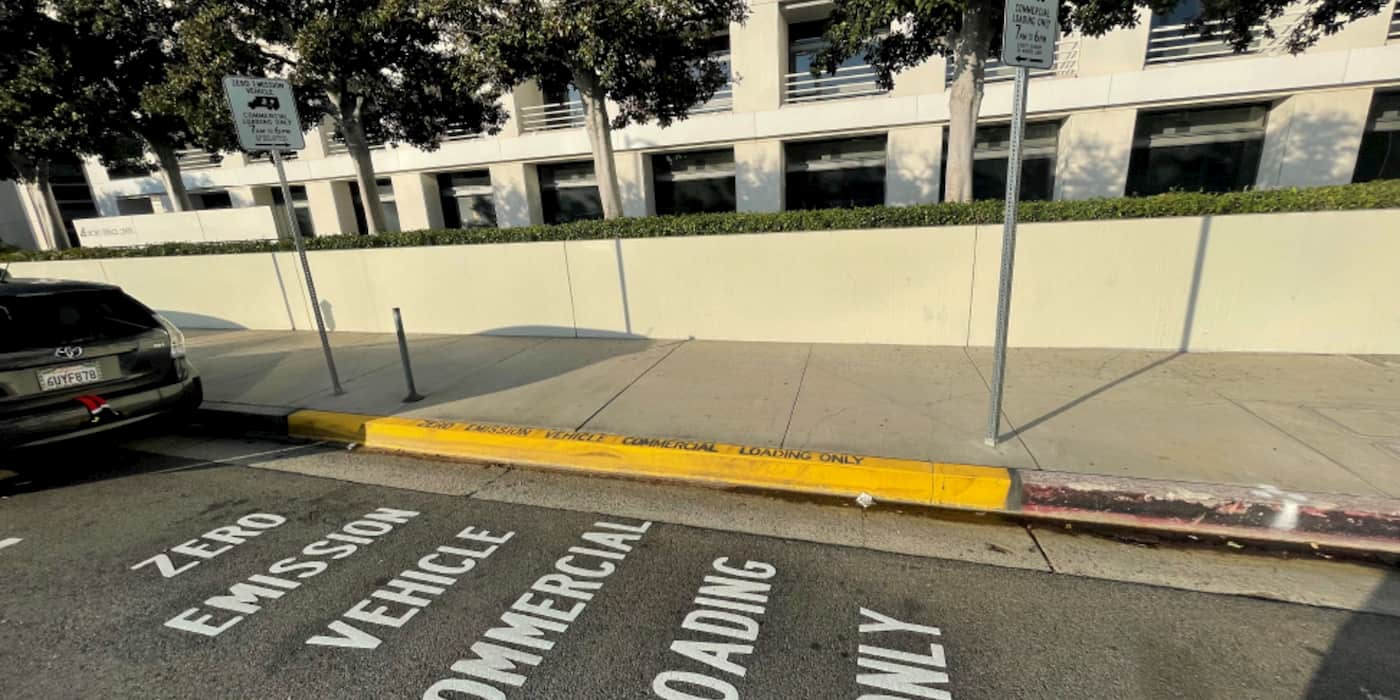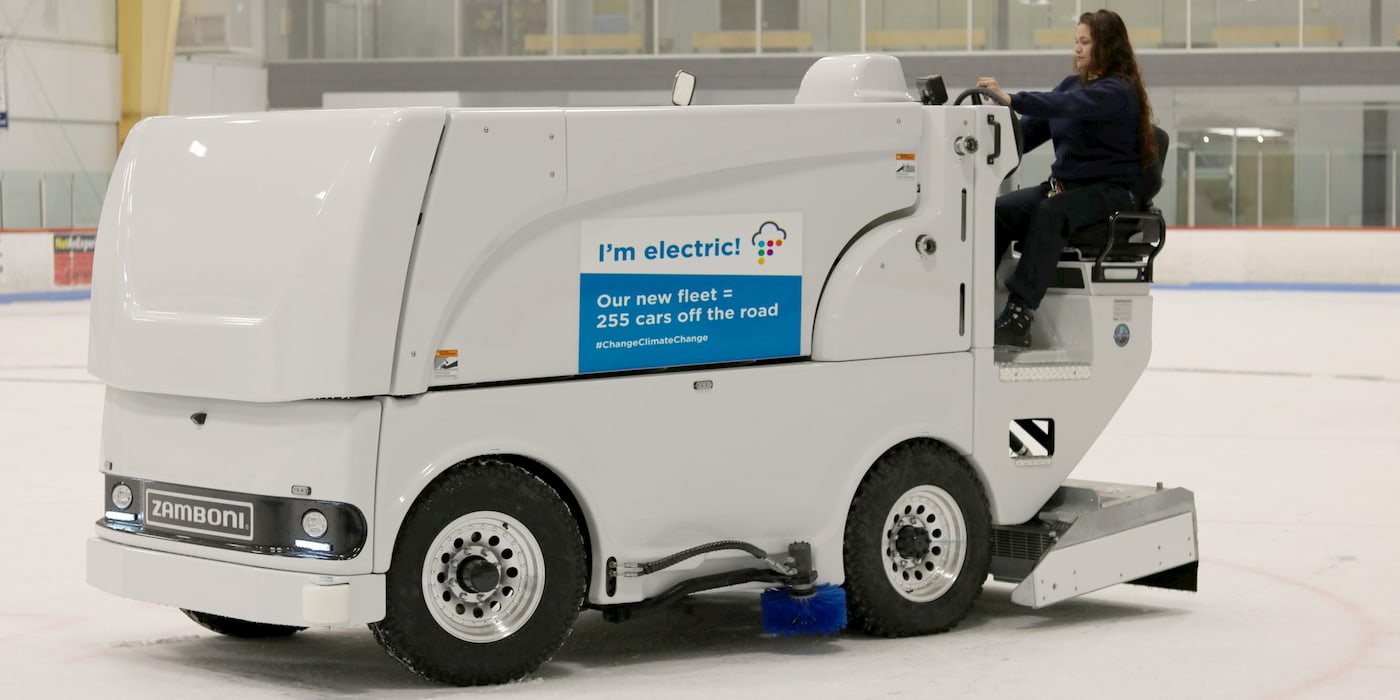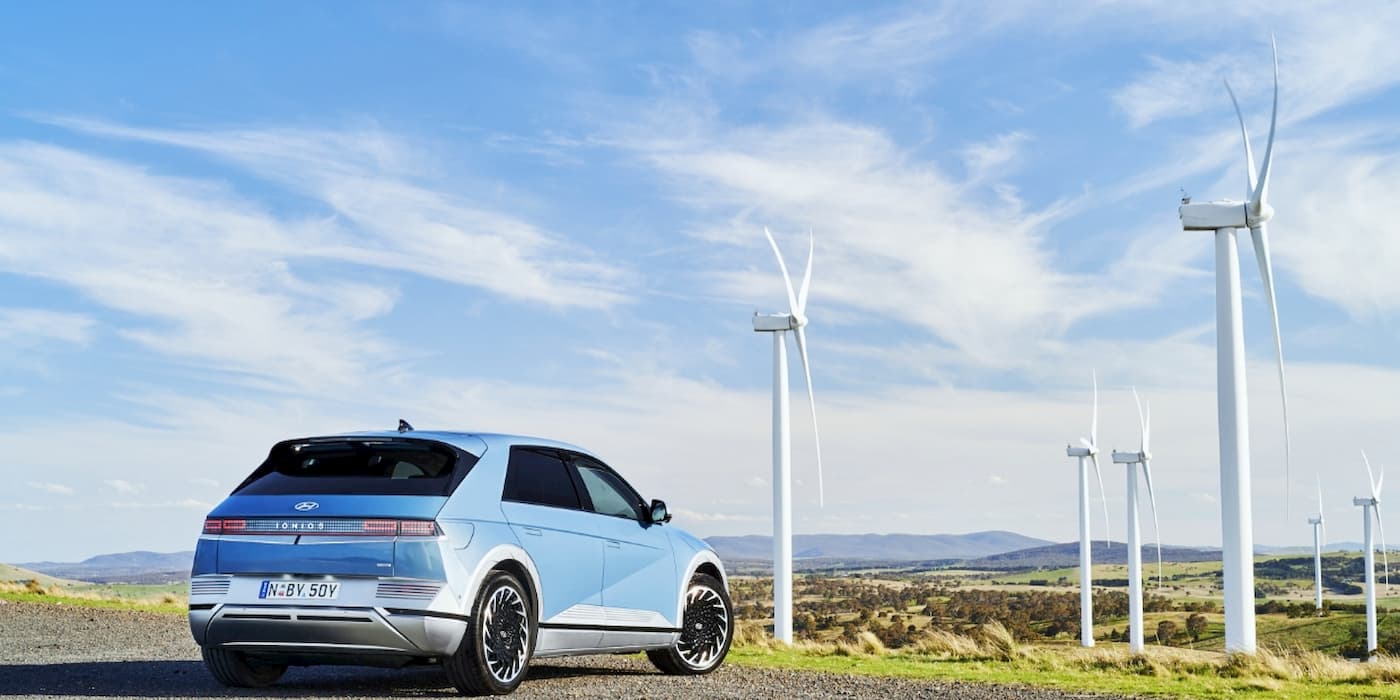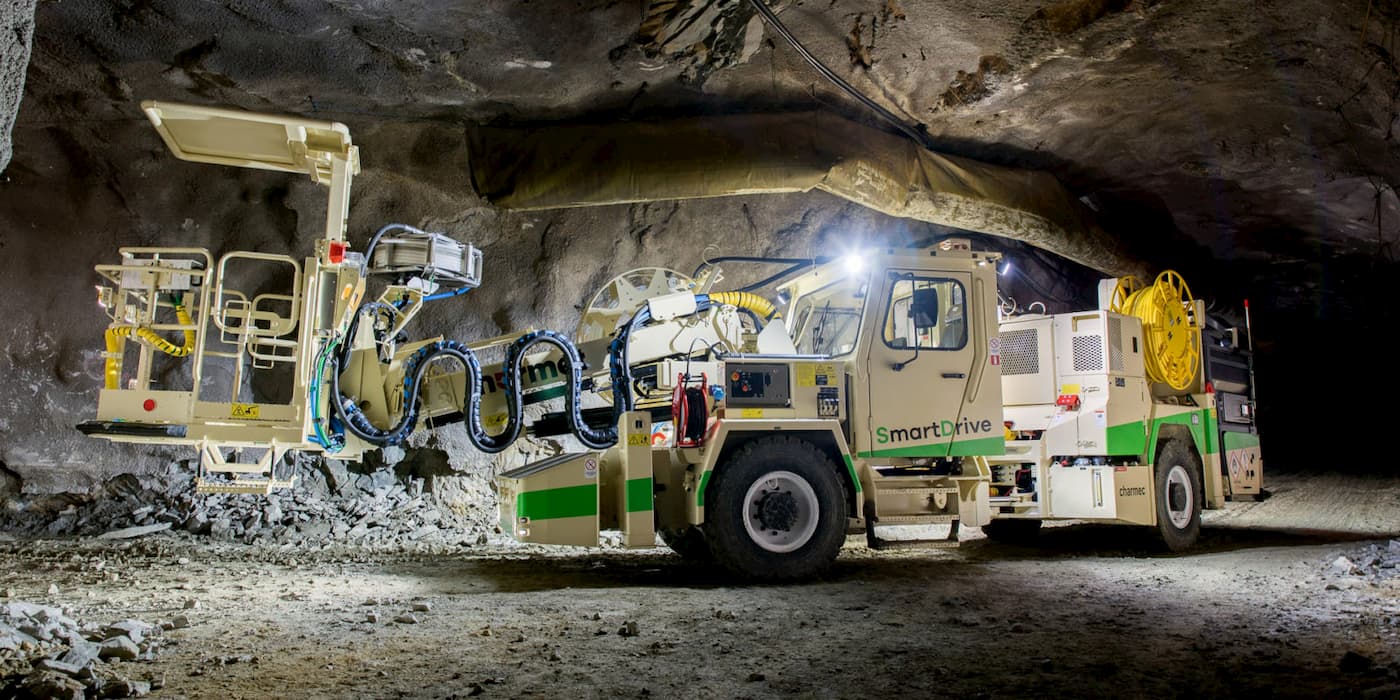Act now – Trump DOT calls for public input on deregulation of trucking sector
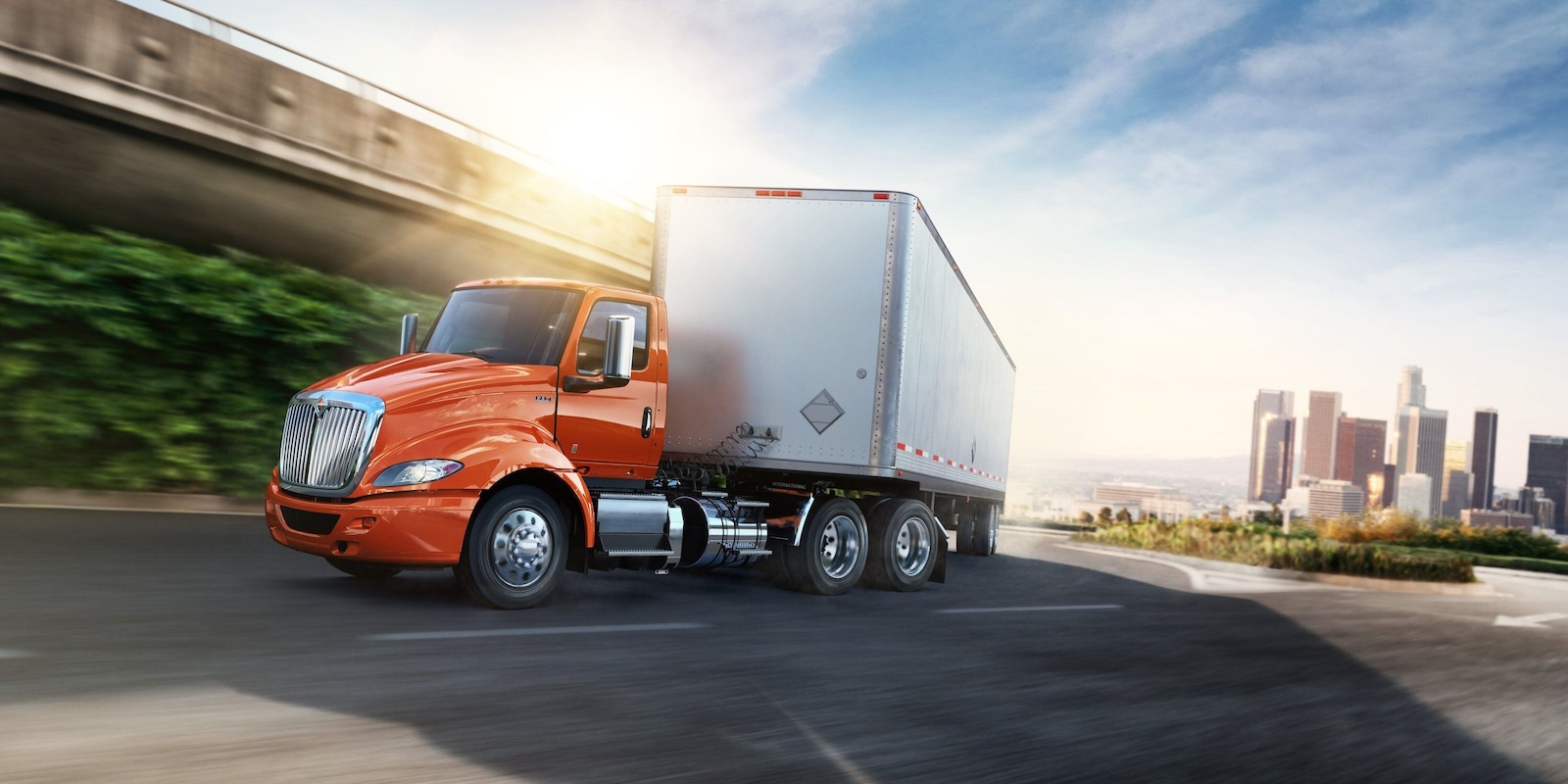
President Trump ran a campaign built on promises to deregulate industries. Now, as his Department of Transportation prepares to gut existing employee protections, safety rules, and emissions standards, the department is asking for public input on which existing regulations should be on the chopping block.
This is your chance to push back.
Expand Expanding Close
